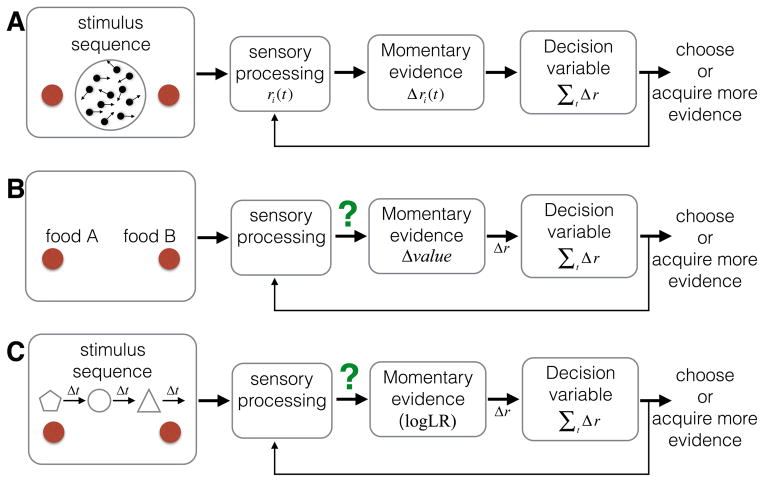Figure 2. Similarities and differences among three types of decisions.
Each is displayed as a series of events in time (left to right): stimuli are presented on a display monitor; the subject makes a binary decision, and, when ready, communicates the decision with a response. A. Perceptual decision. The subject decides whether the net direction of a dynamic, random-dot display is leftward or rightward. B. Value-based decision. The subject decides which of two snack items she prefers. The subjective values associated with the individual items are ascertained separately before the experiment. C. Decision from symbolic associations. The subject decides whether the left or right option is more likely to be rewarded, based on a sequence of shapes that appear near the center of the display. Each shape represents a different amount of evidence favoring one or the other option. In both A and C, the display furnishes more evidence with time (i.e., sequential samples), whereas in B, all the evidence in the display is presented at once. In A, sensory processes give rise to momentary evidence, which can be accumulated in a decision variable. Both B and C require an additional step because the stimuli alone don’t contain the relevant information. We hypothesize that the stimuli elicit an association or memory retrieval process to derive their symbolic meaning or subjective value as momentary evidence.

